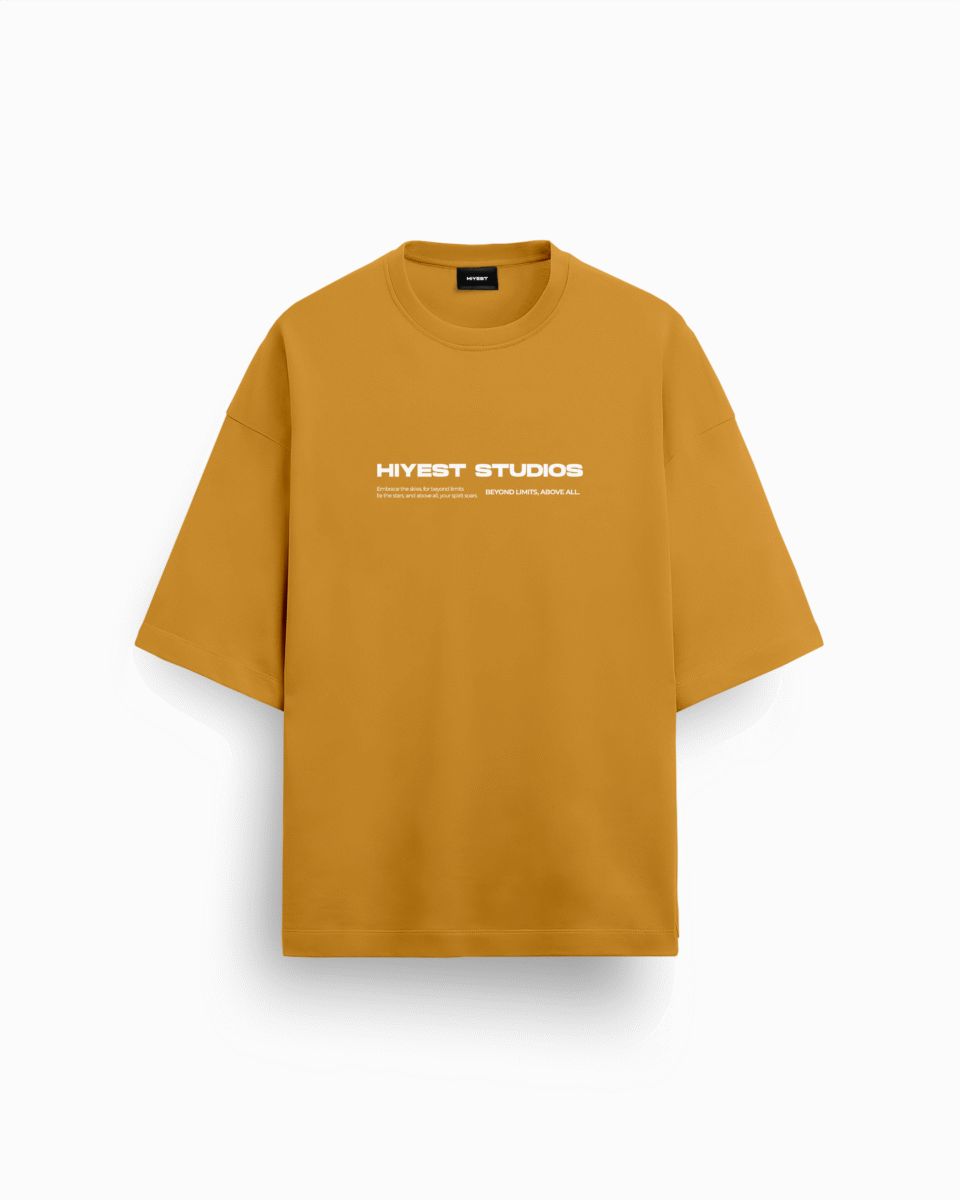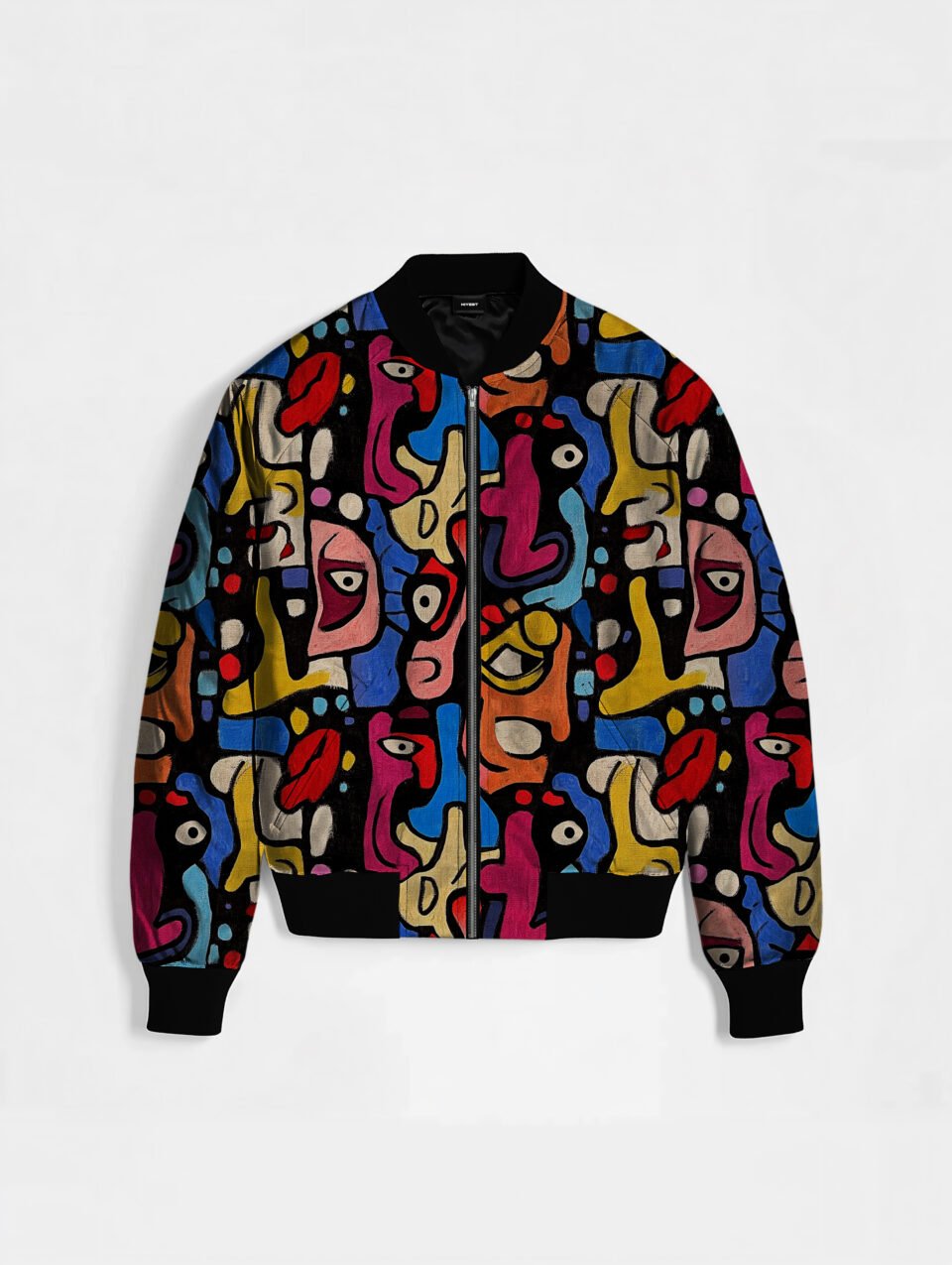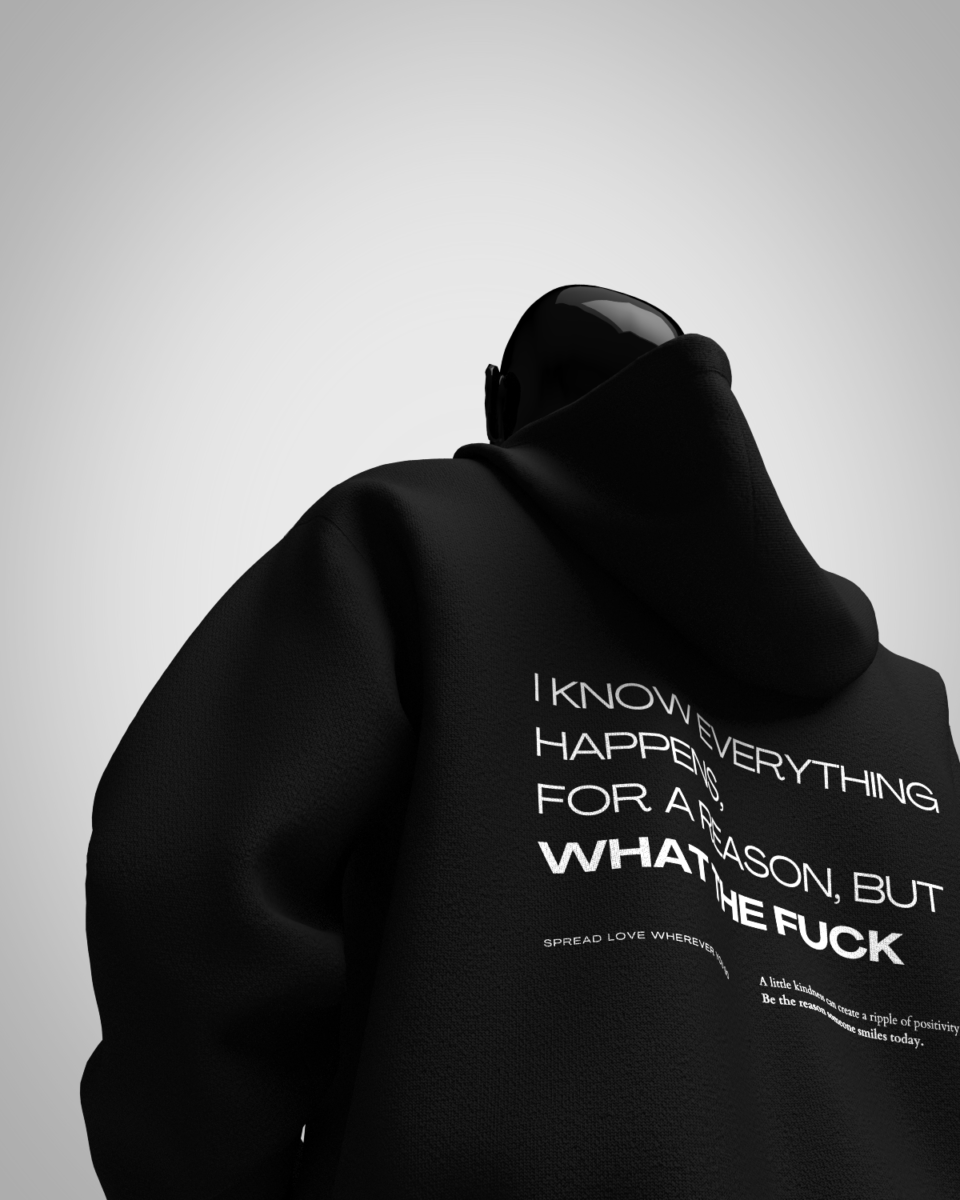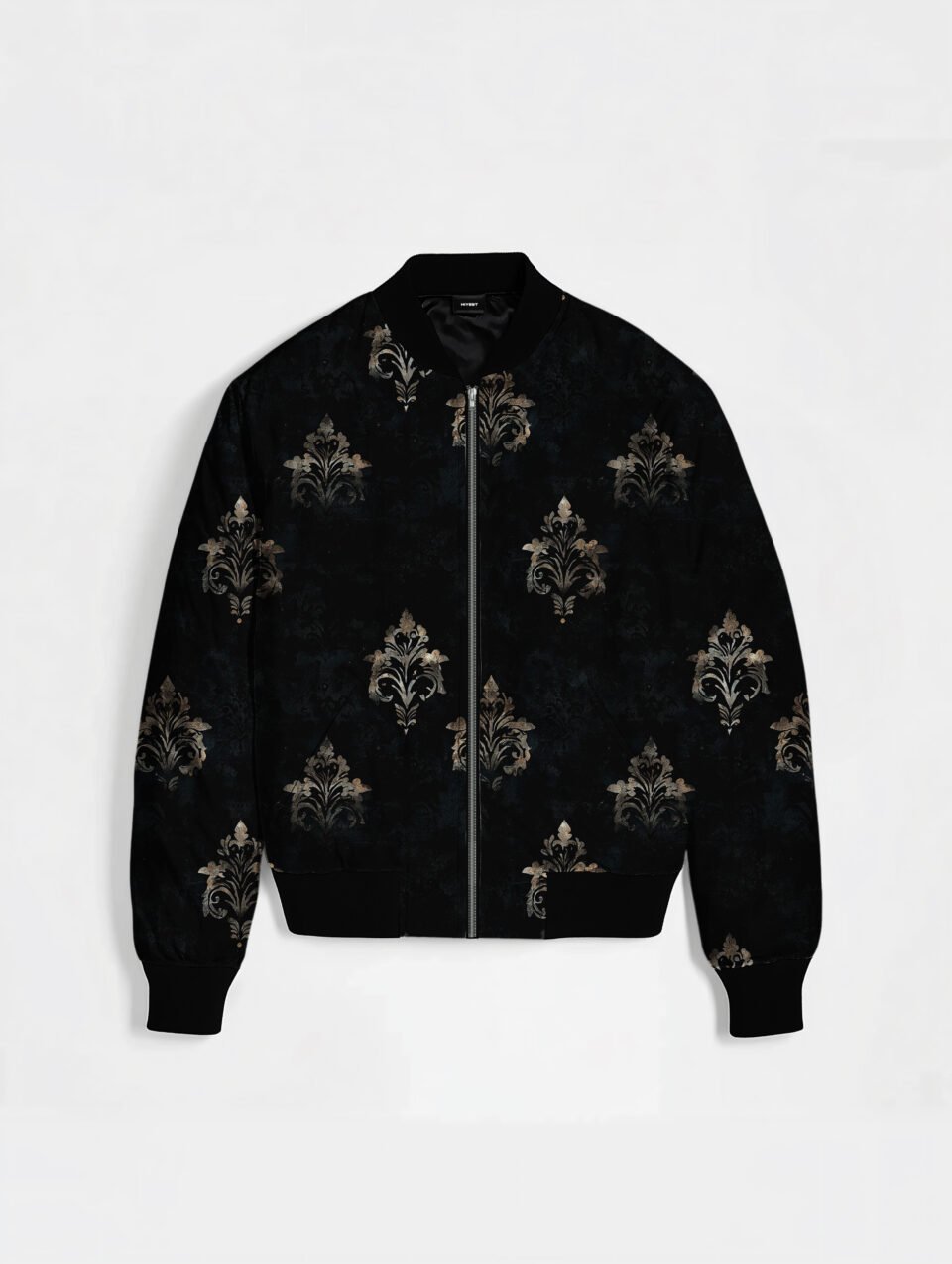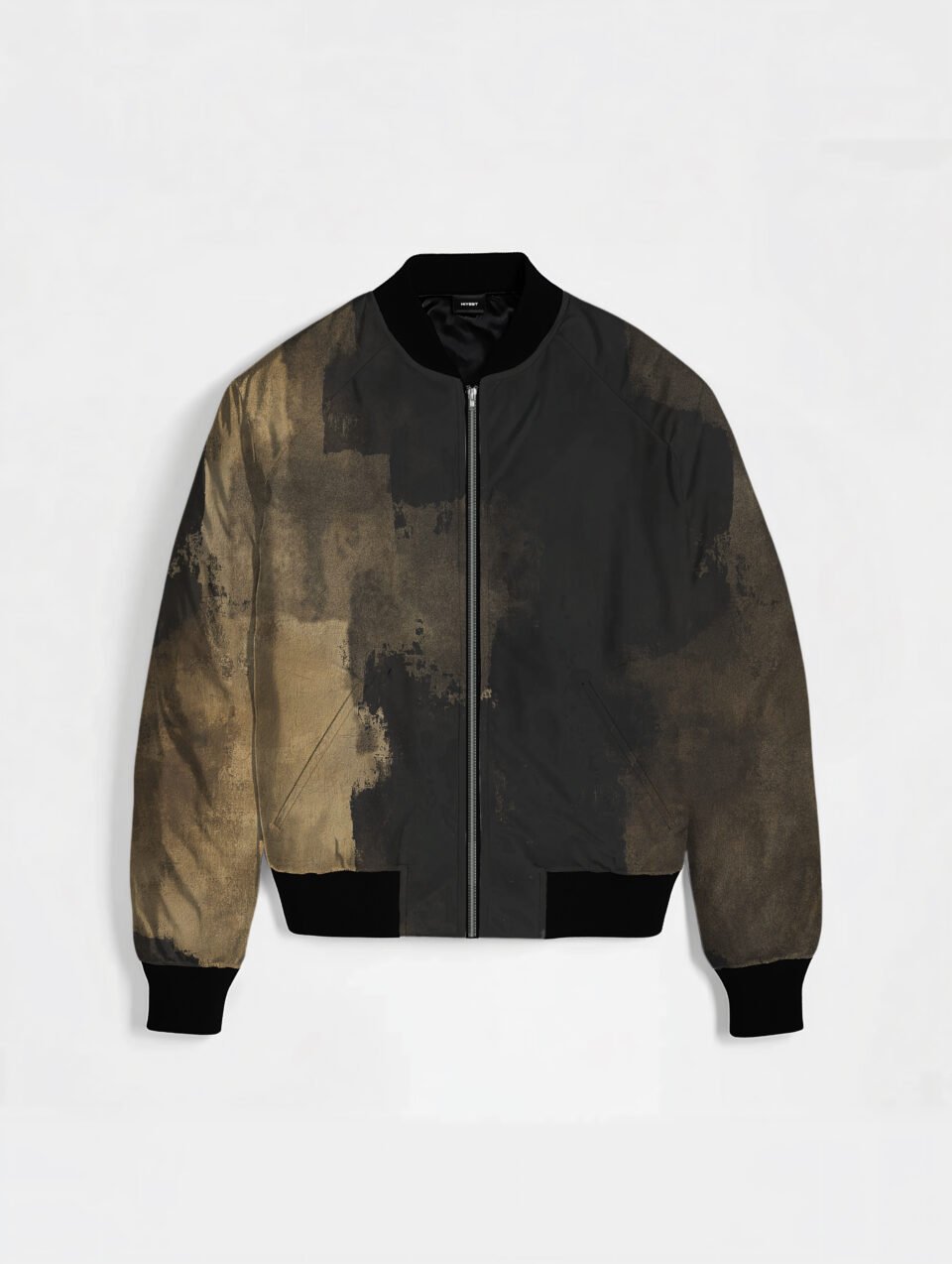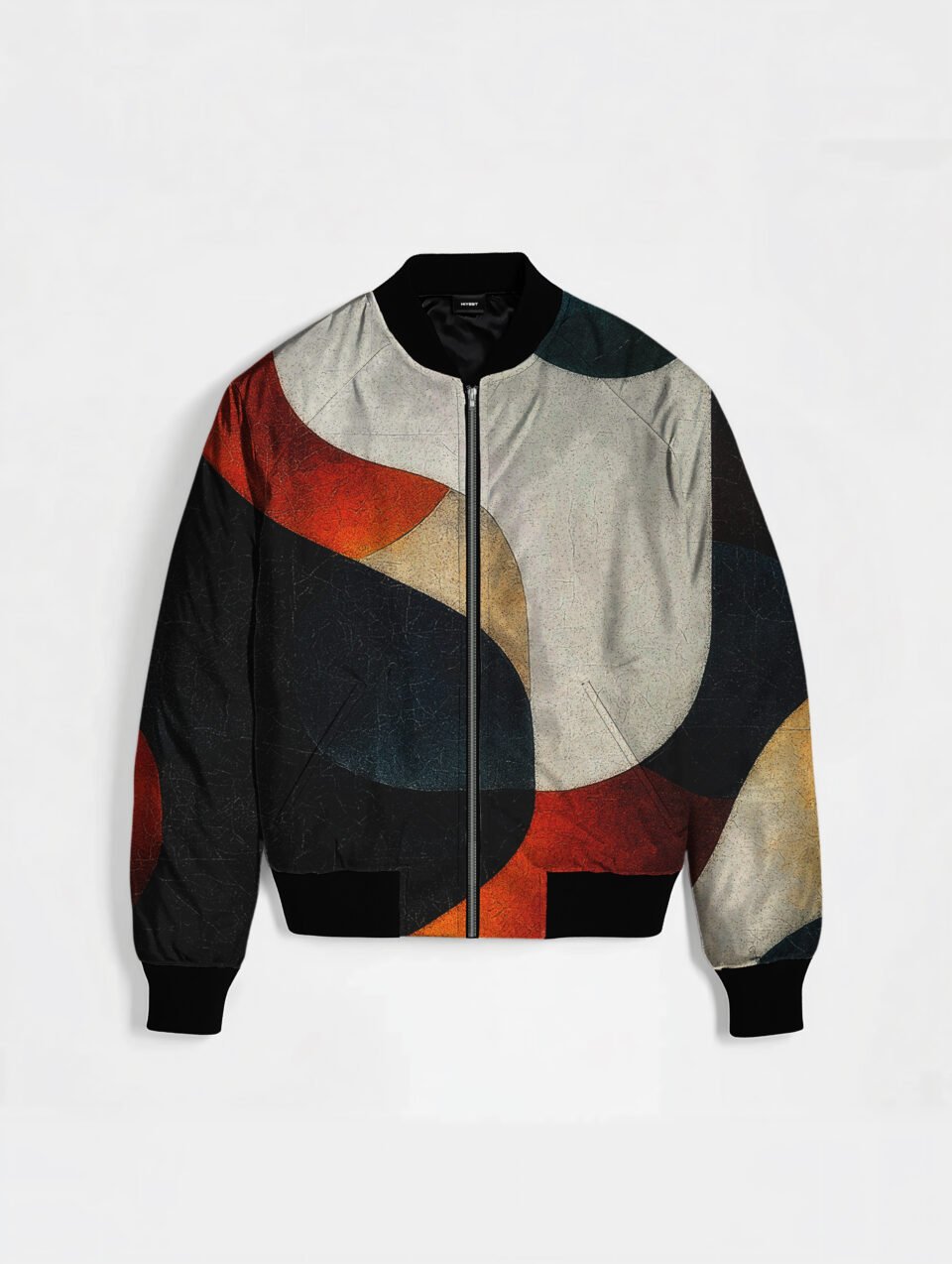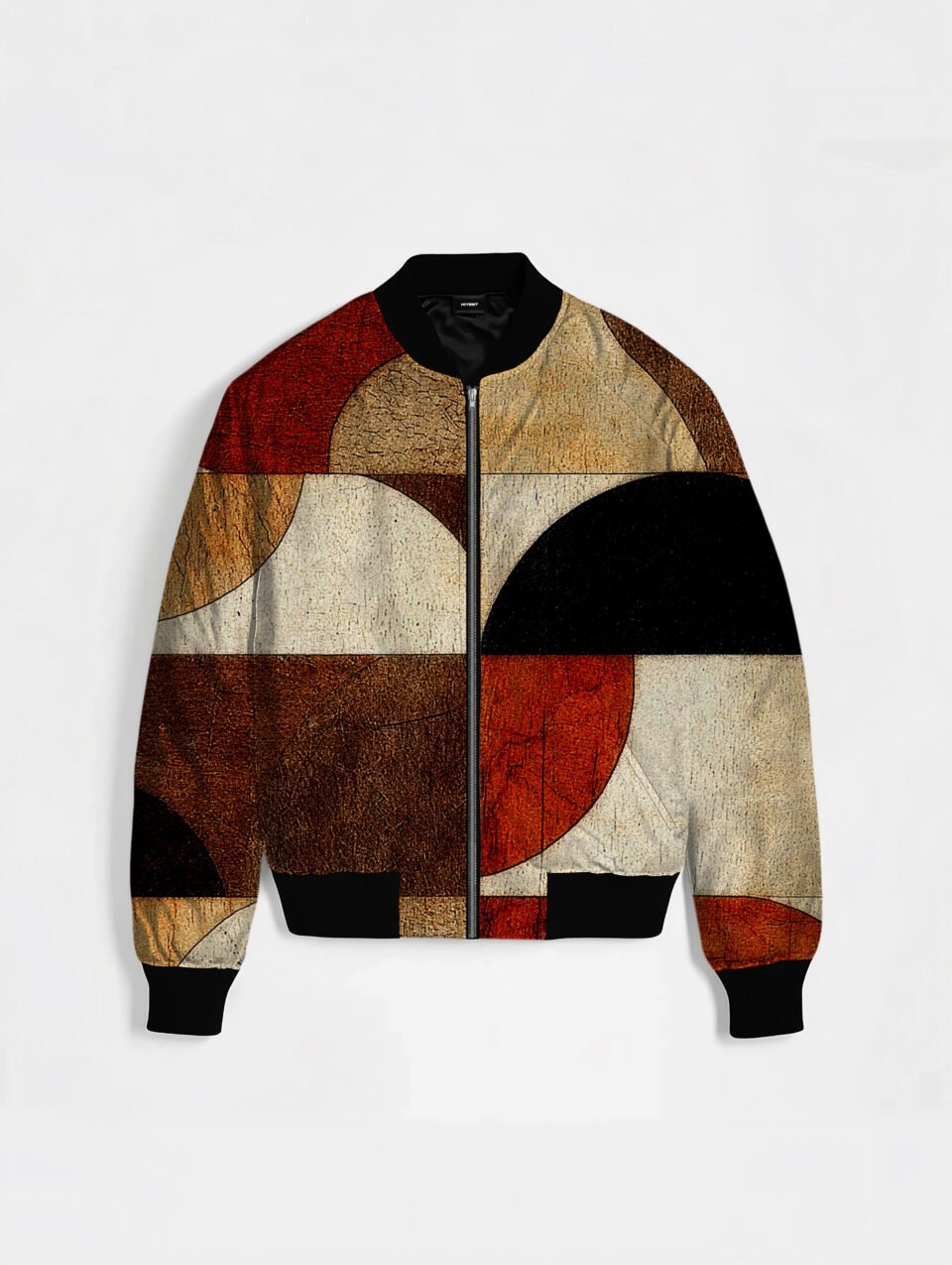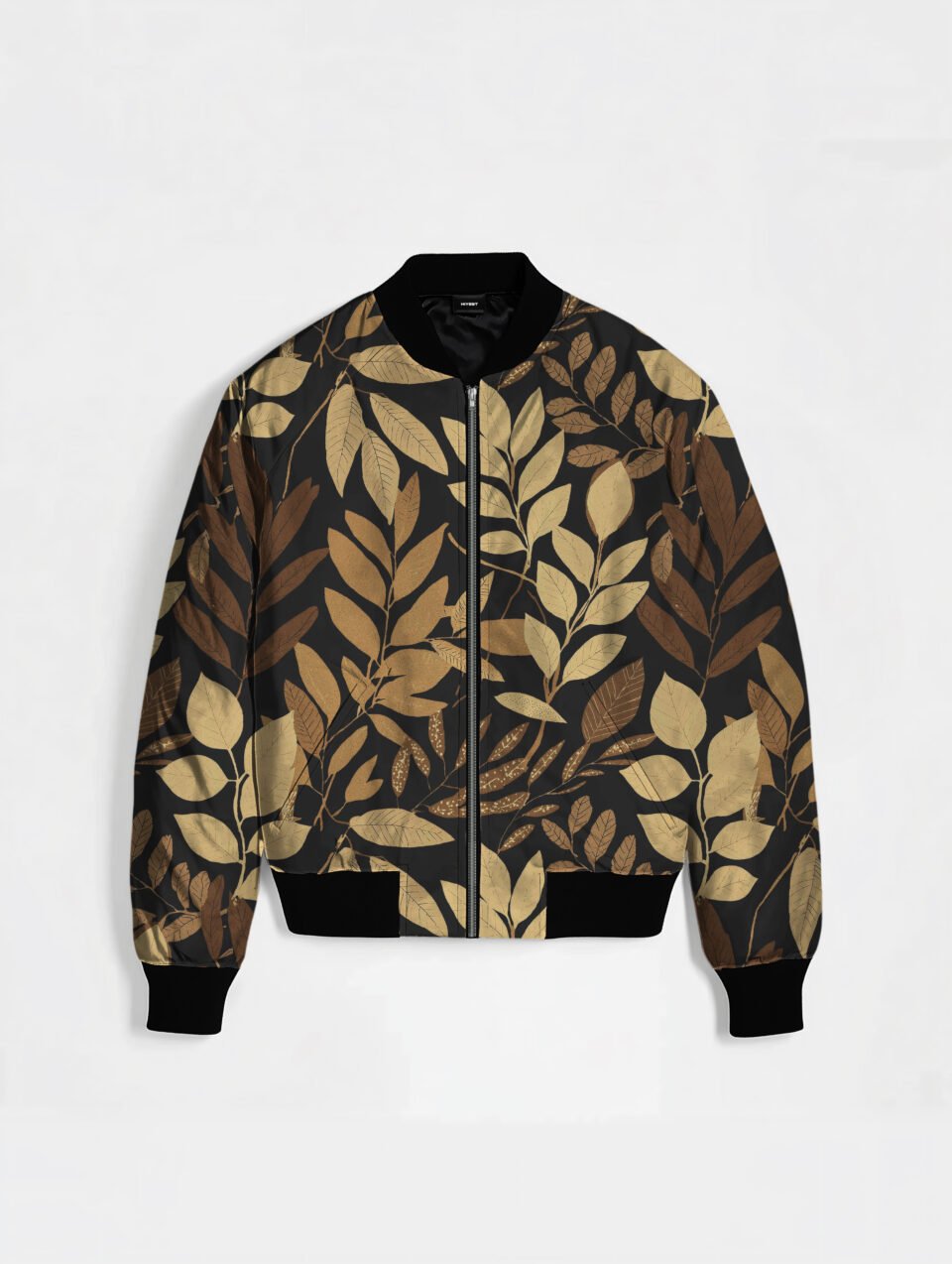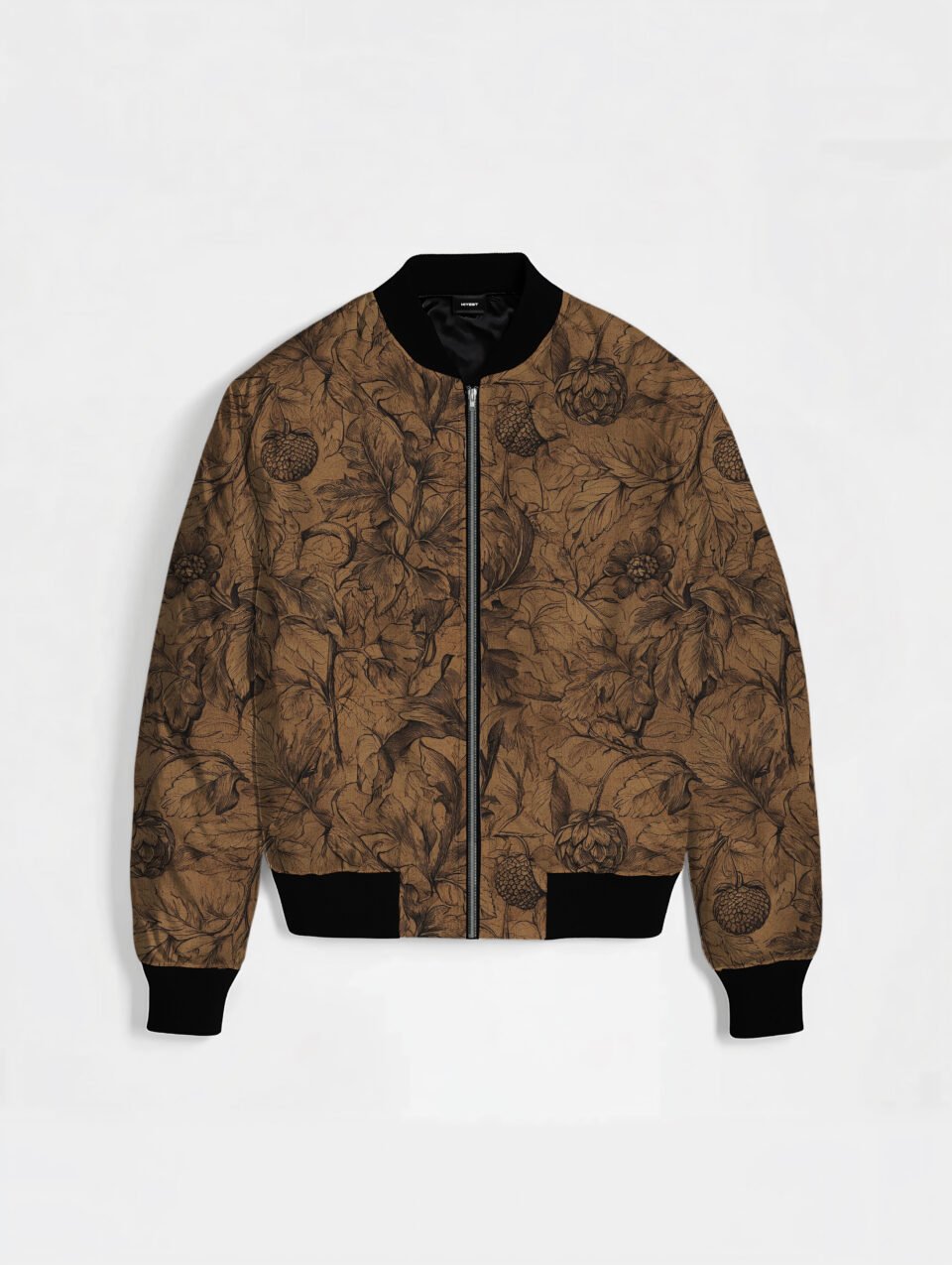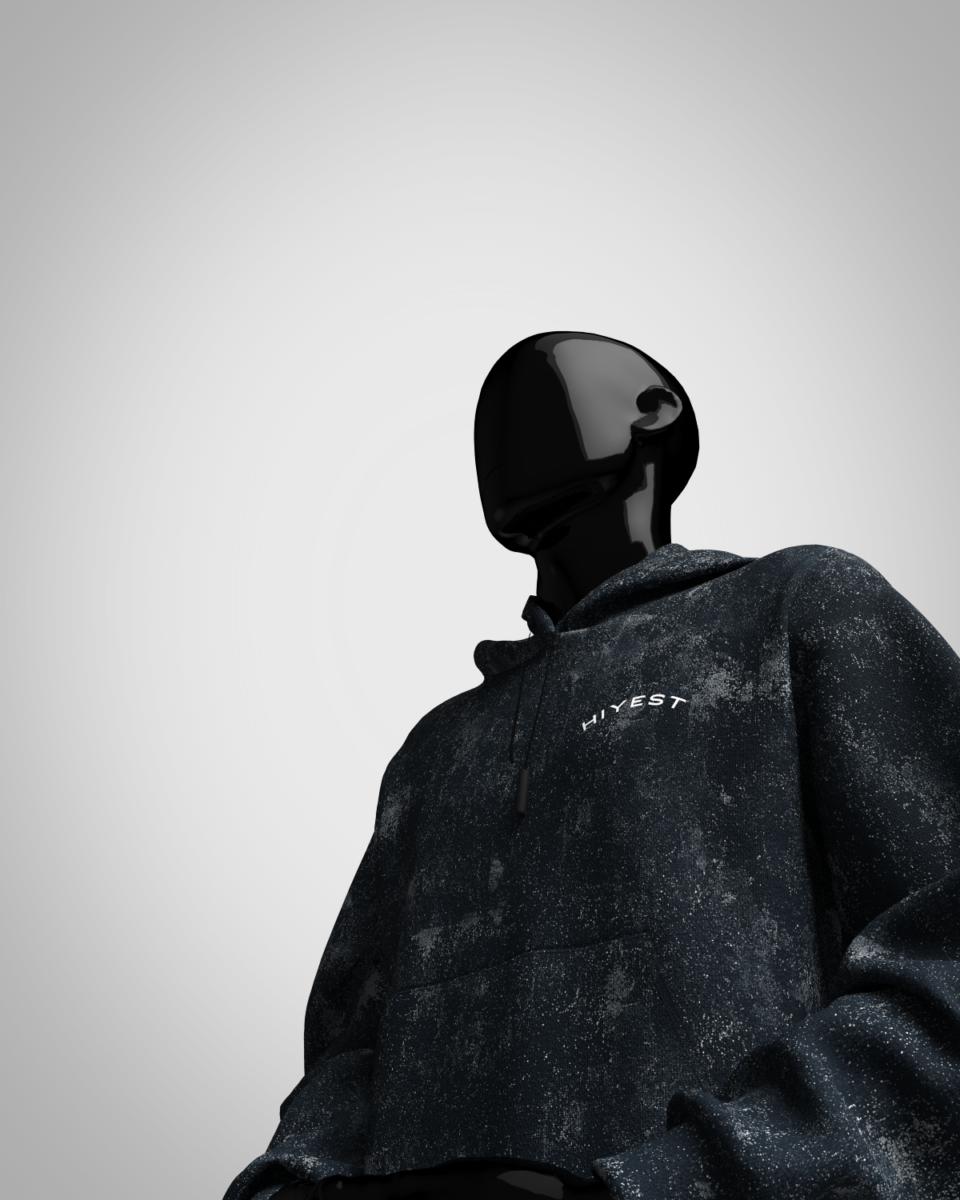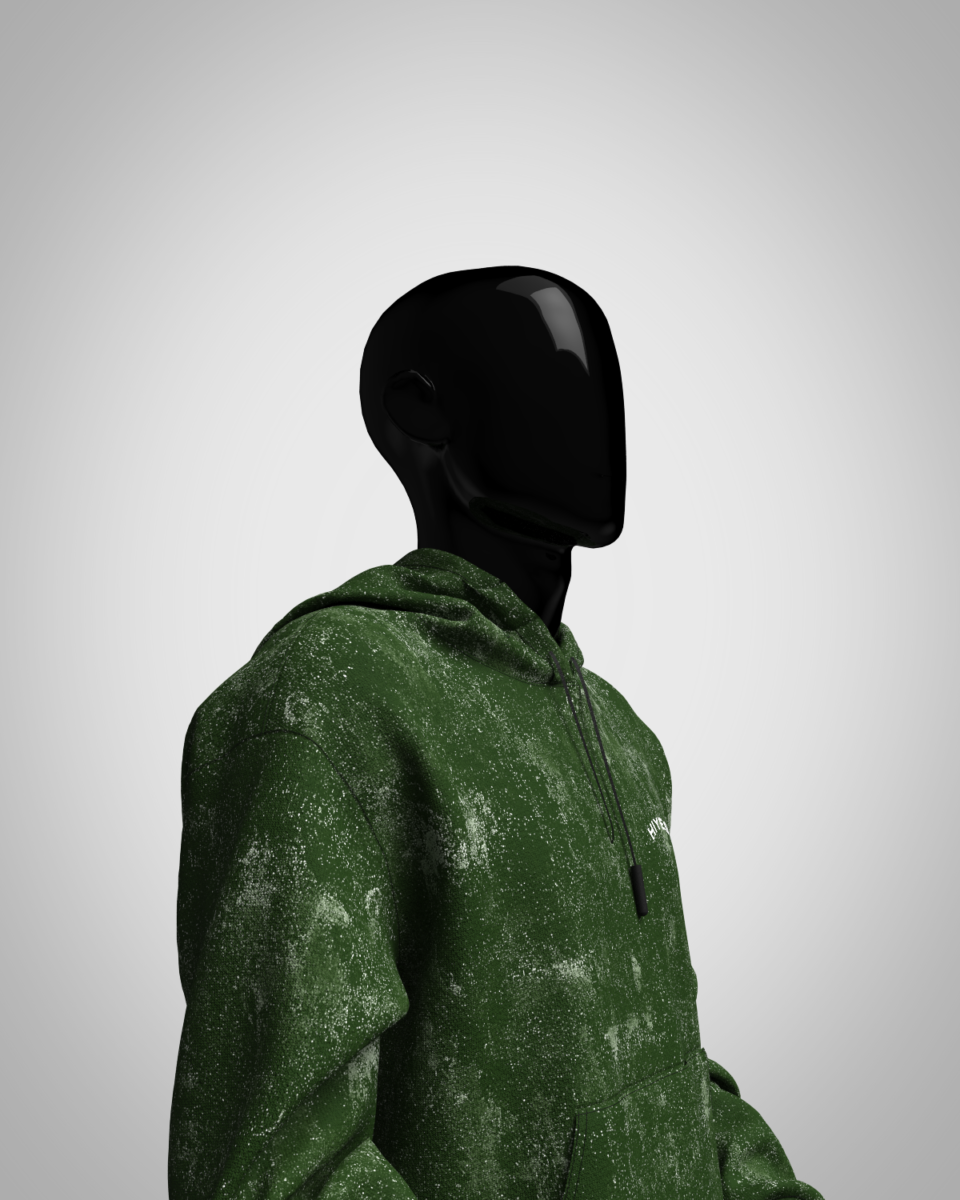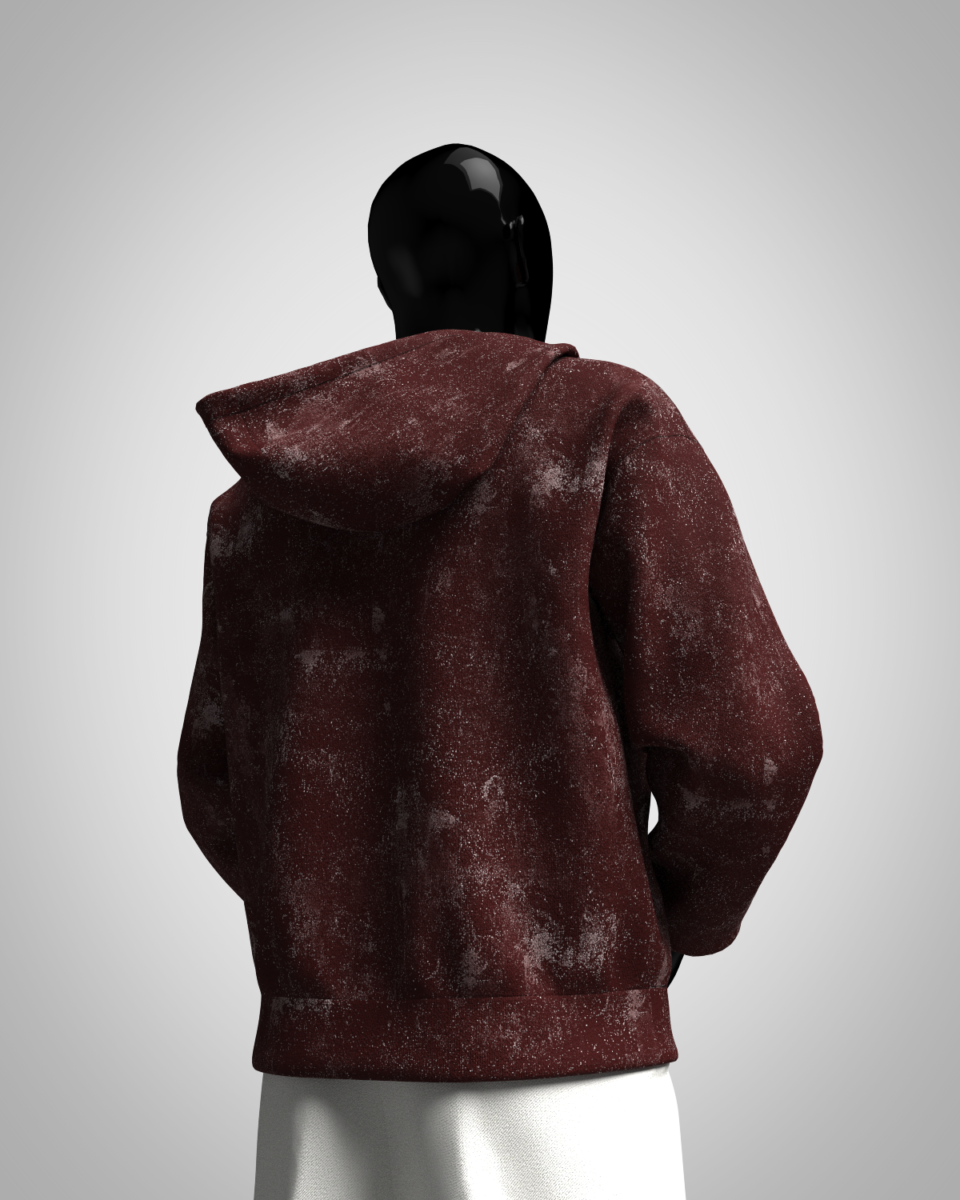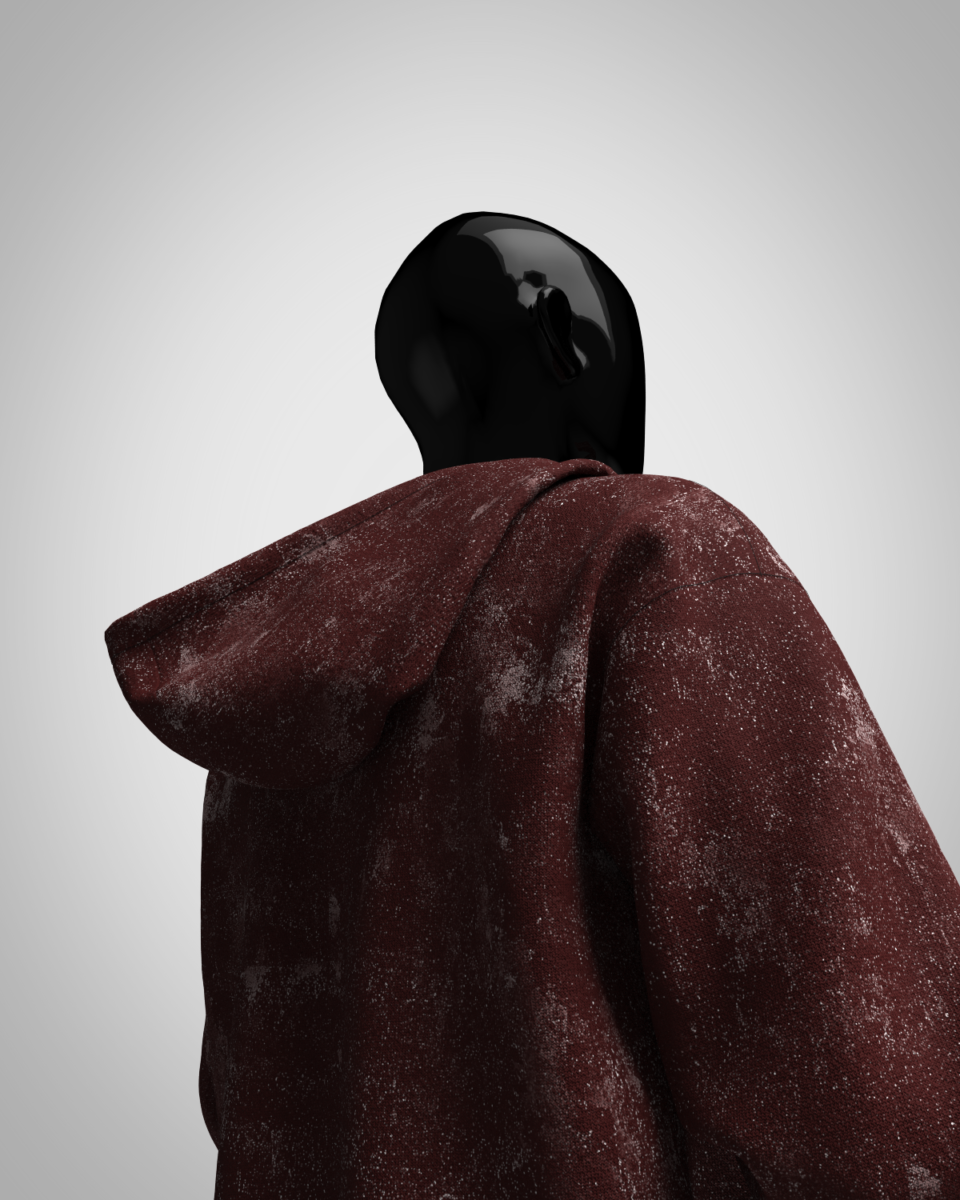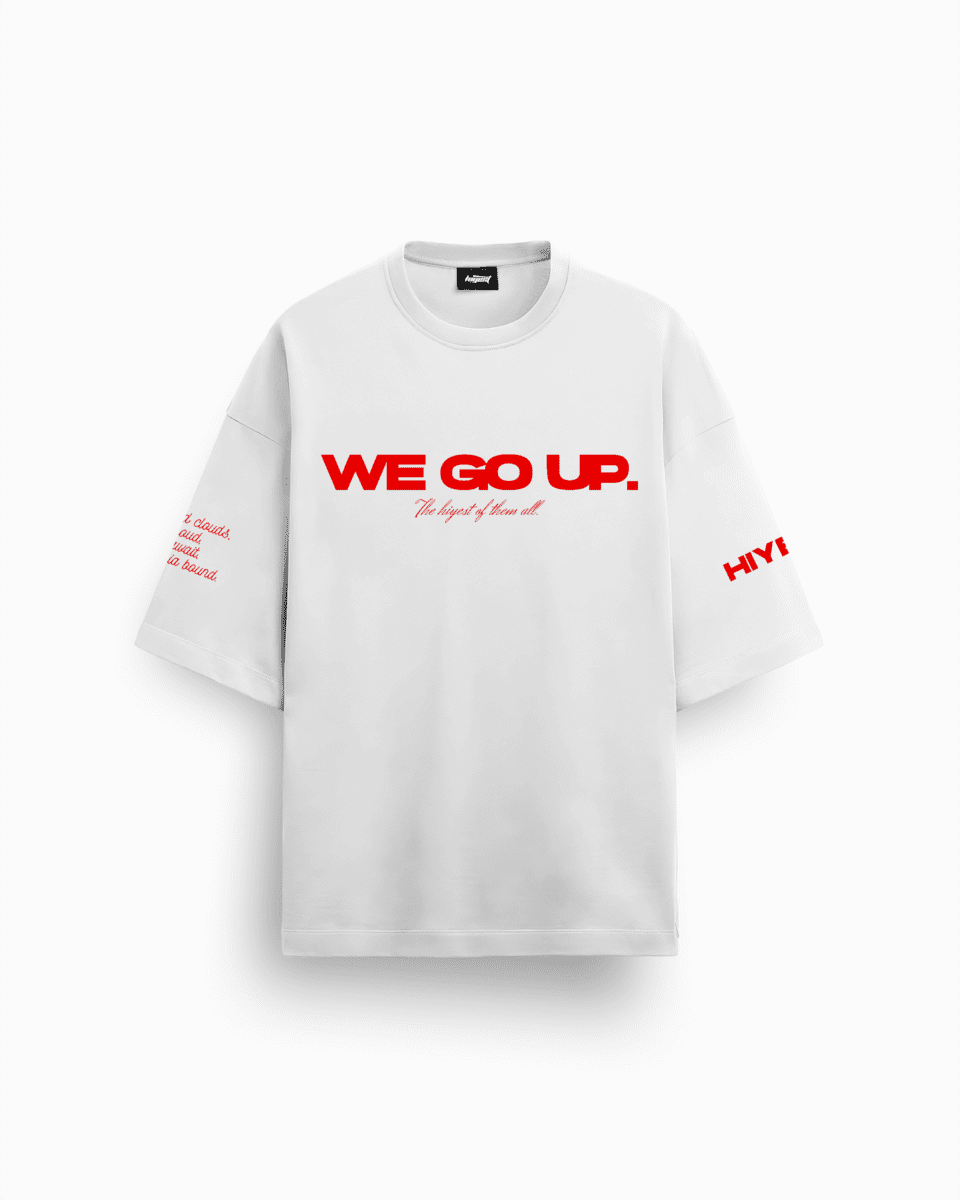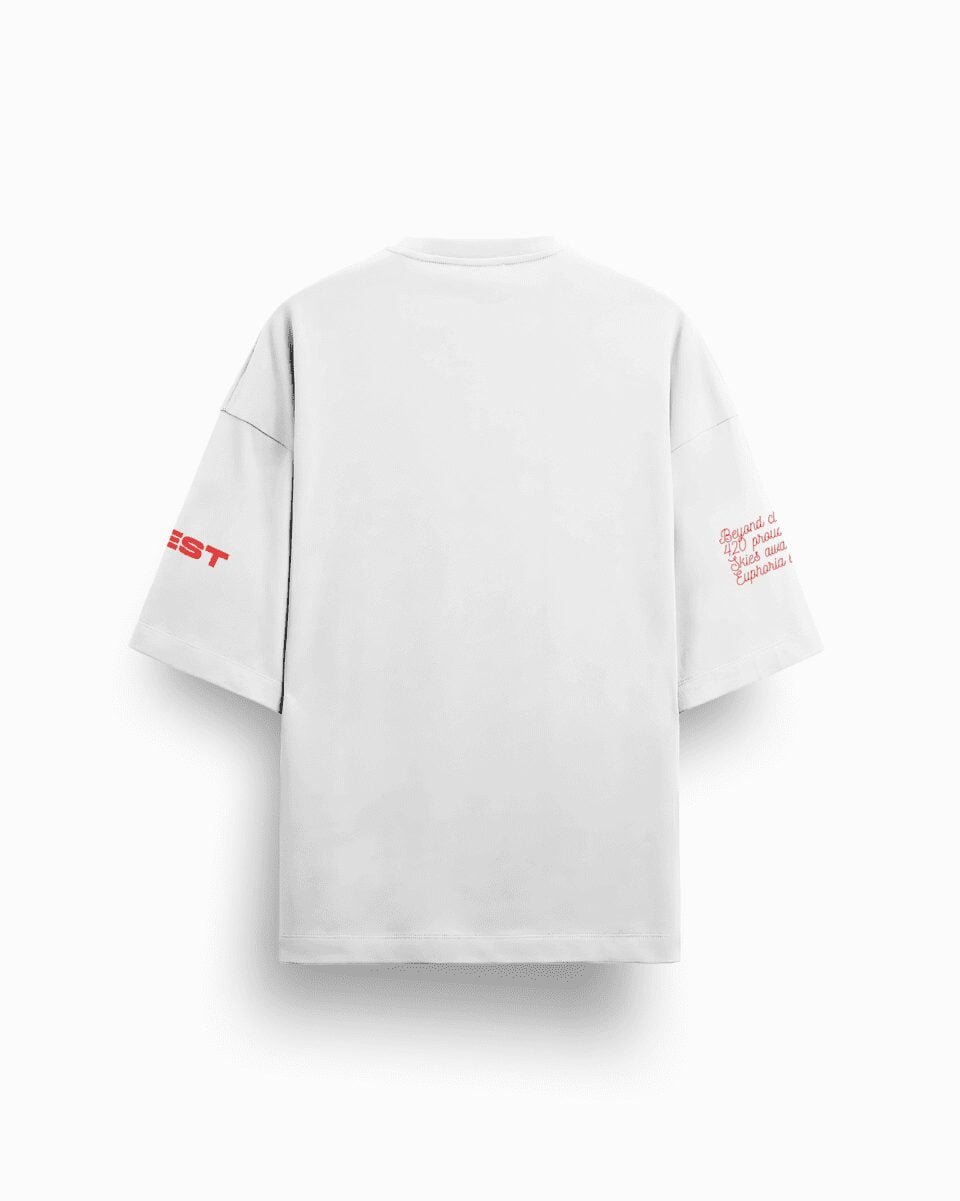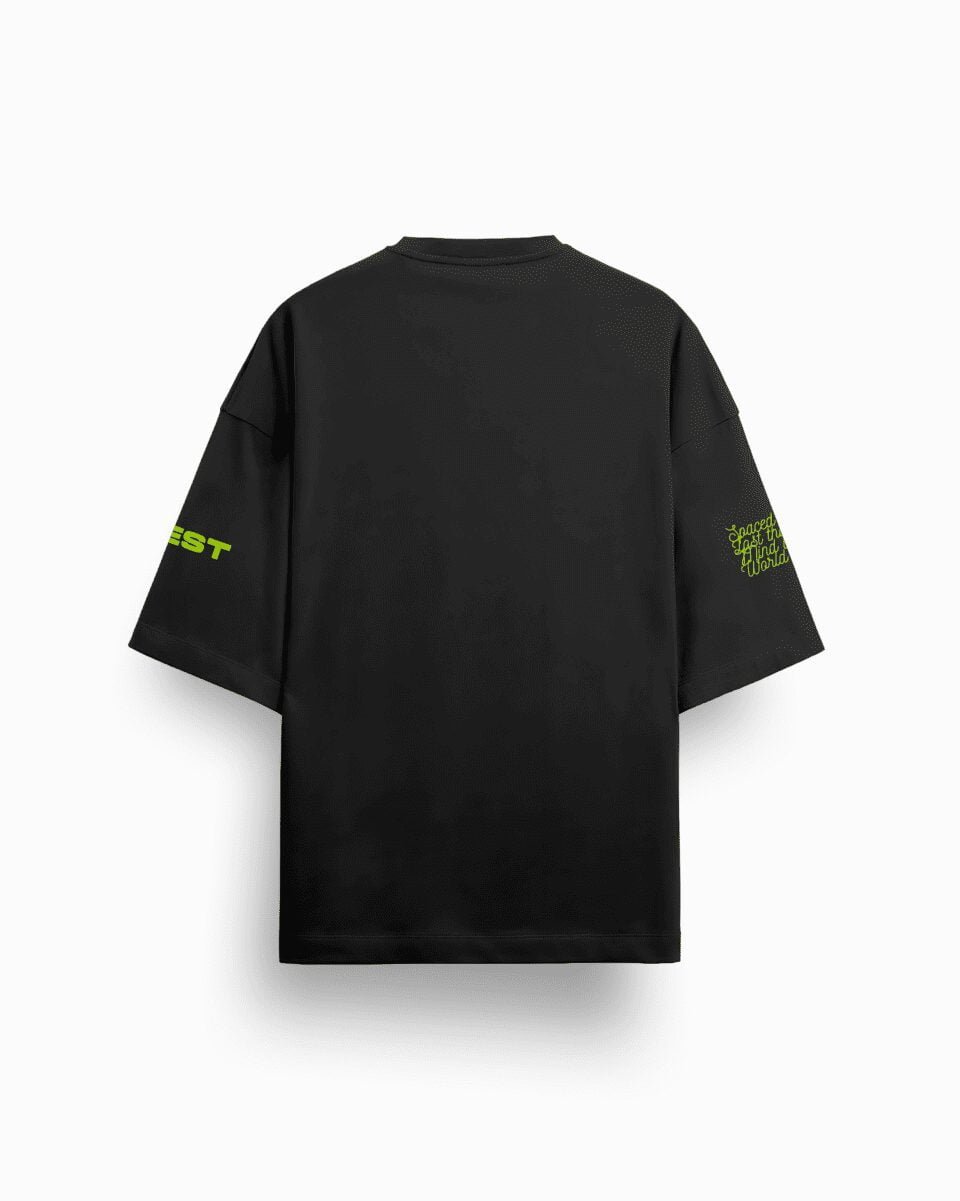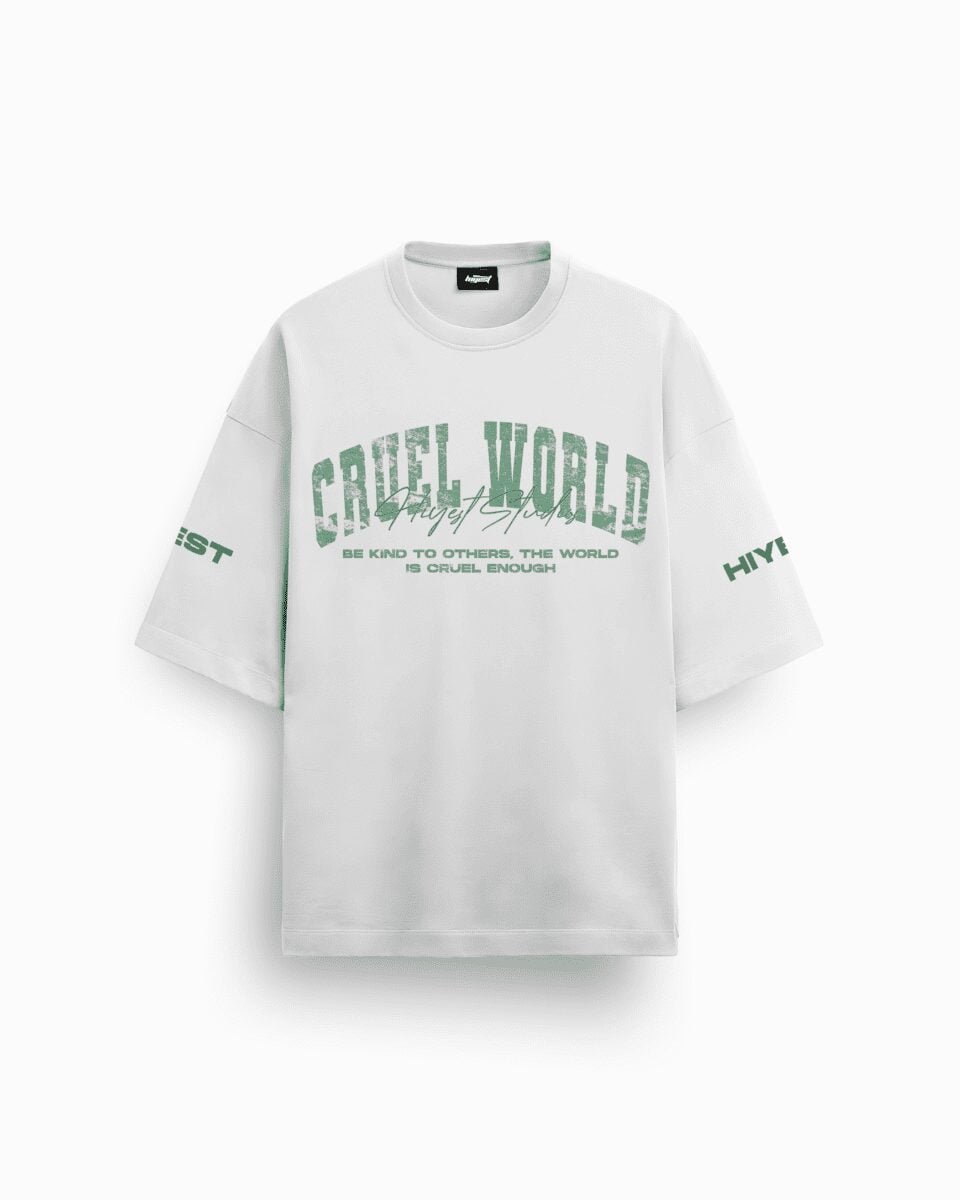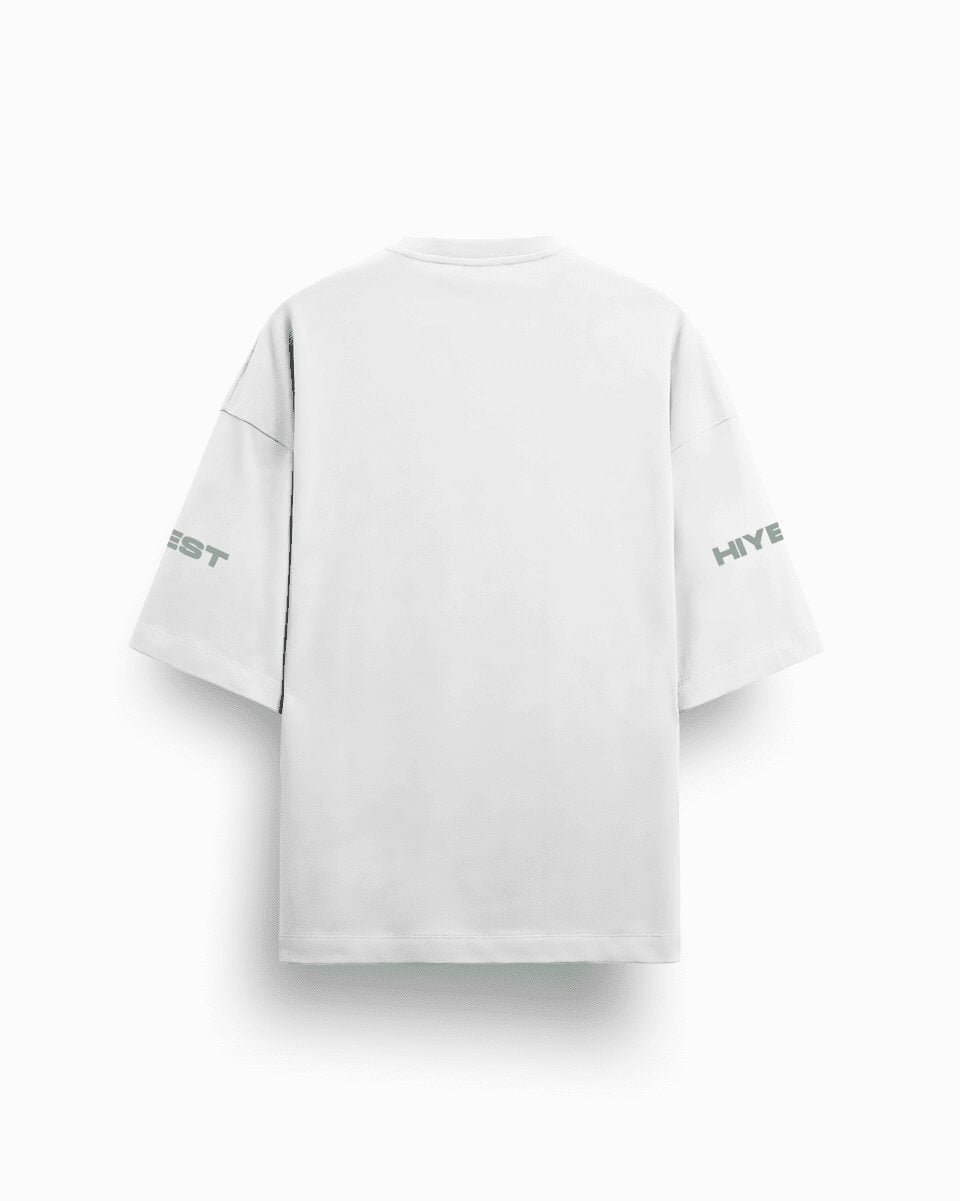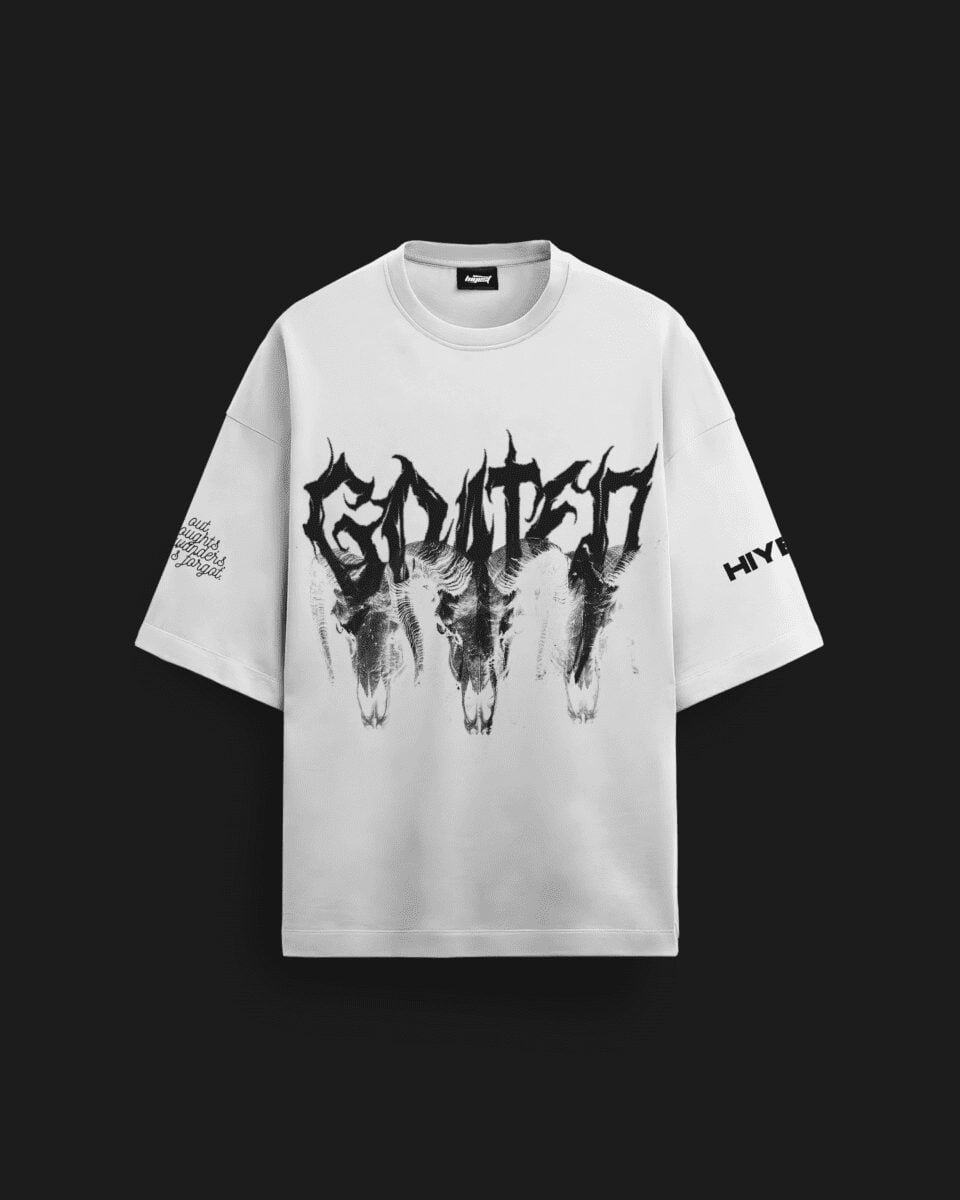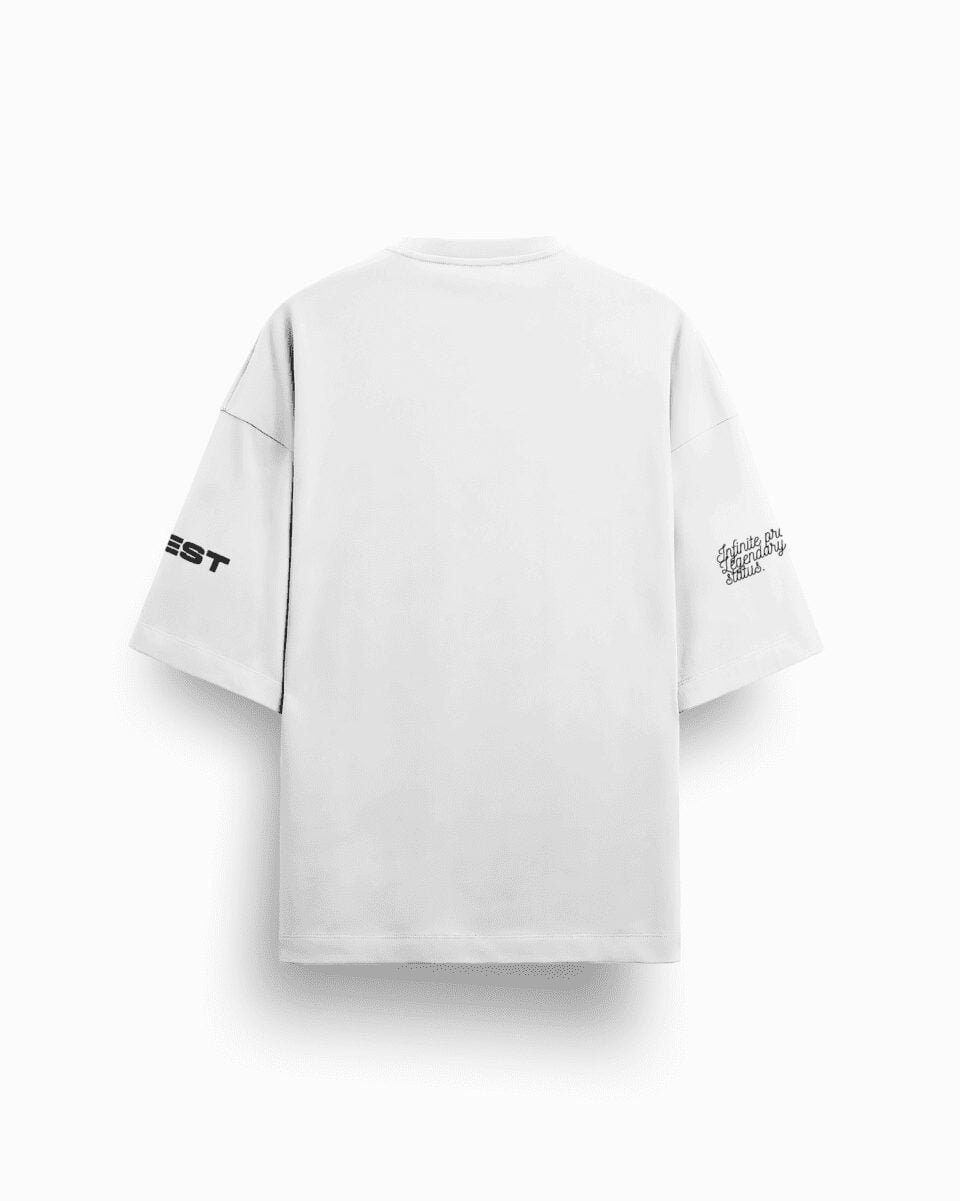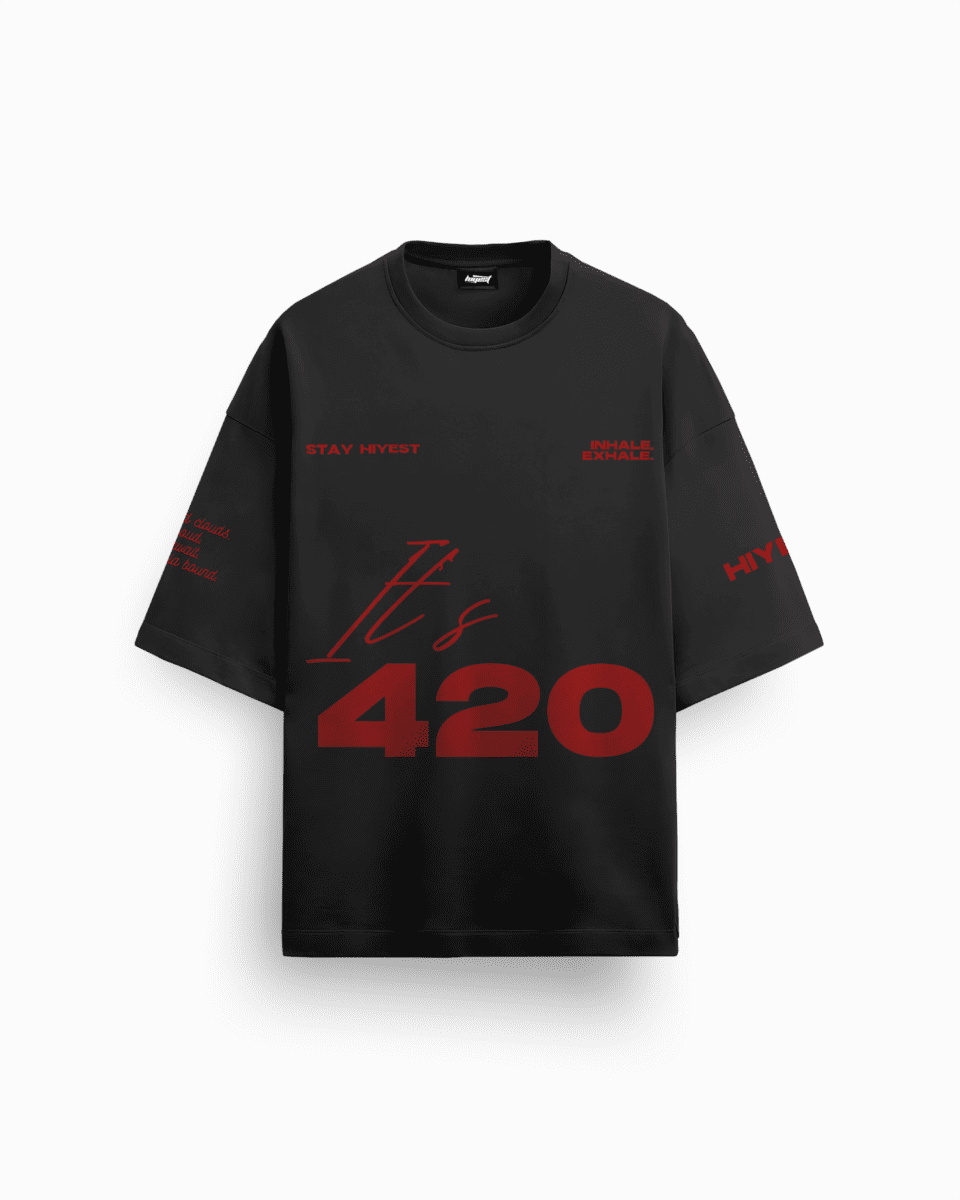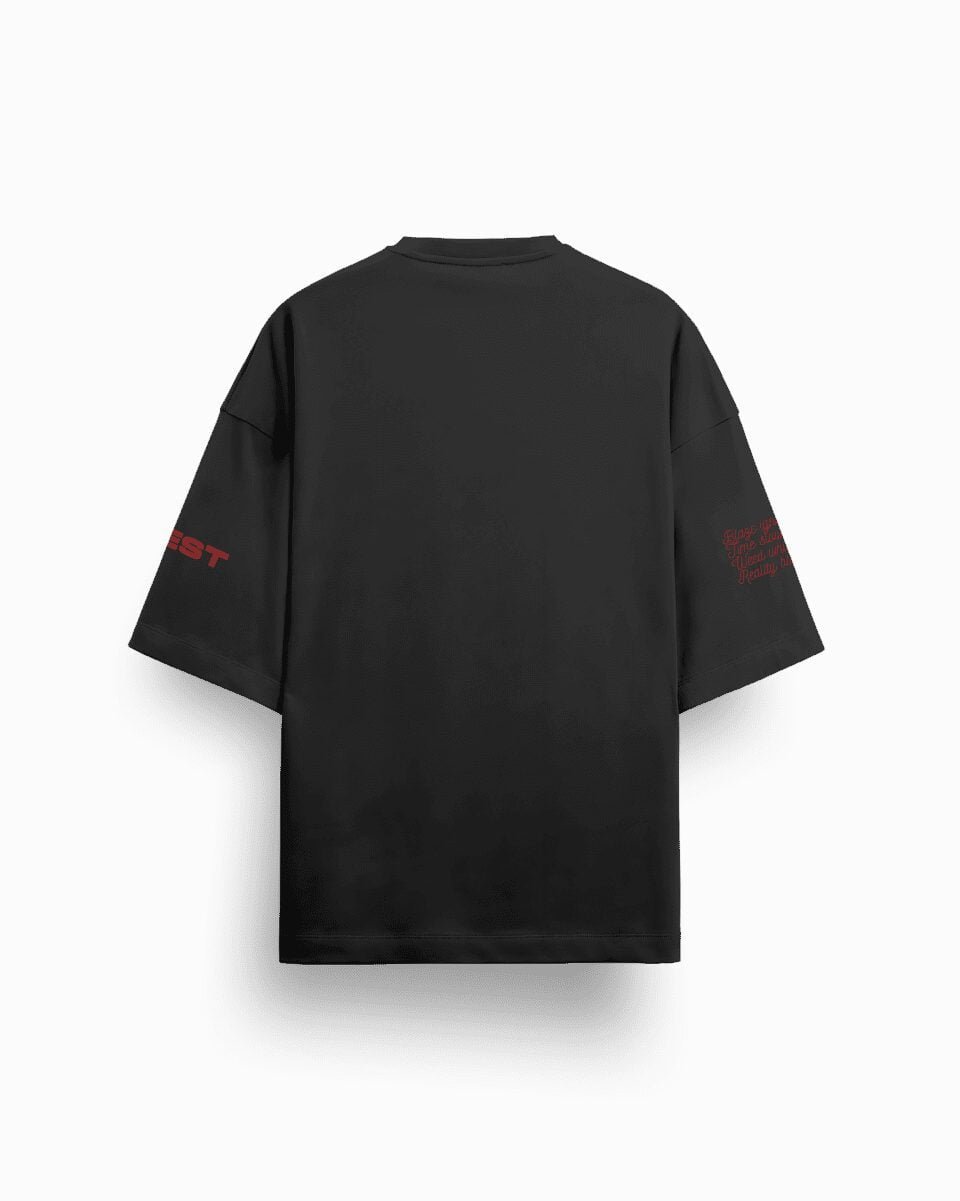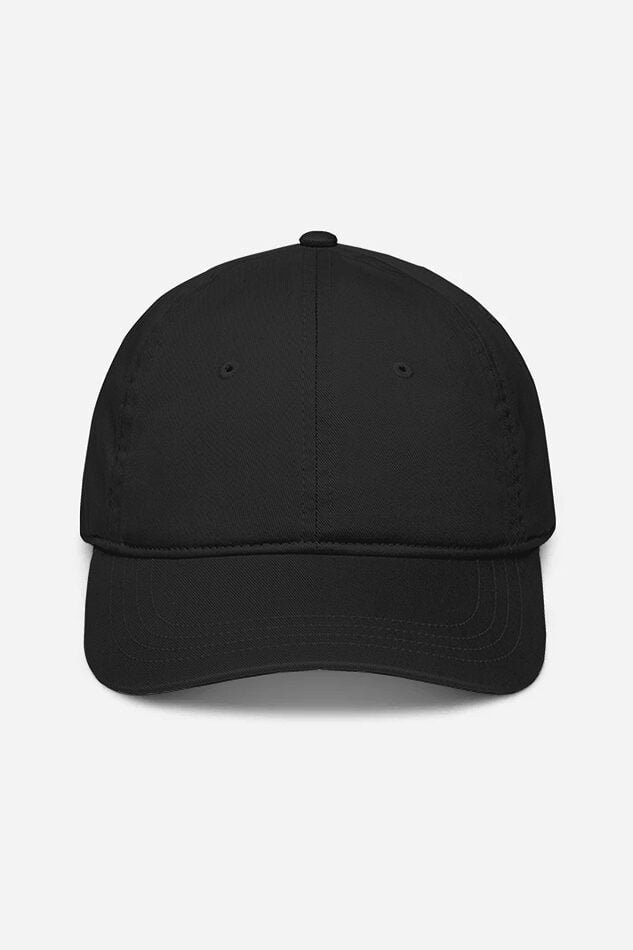Introduction to Local Streetwear Brands
In recent years, the rise of local streetwear brands has reshaped urban fashion and brought fresh perspectives to our wardrobes. These brands, often rooted in local culture and innovation, provide more than just apparel — they're a vital part of a community's identity and economy. Understanding this cultural fabric is key to appreciating what these brands contribute to the world of streetwear fashion.
Define Local Streetwear Brands
Local streetwear brands are independent clothing lines that are deeply embedded in specific cultural niches within urban environments. They often reflect the unique characteristics of their origin, showcasing local artistry and narratives. These brands contrast sharply with global chains by prioritizing bespoke design elements influenced by local tastes and preferences.
Importance of Understanding Local Fashion Cultures
The importance of local fashion cultures cannot be overstated. They represent the fusion of traditional and modern aesthetics and are crucial in promoting the value of diversity in fashion. By supporting these cultures, consumers have the opportunity to embrace authenticity and individuality in their personal style choices.
Brief Overview of Streetwear Fashion Evolution
Streetwear originated from the skateboarding and hip hop scenes of the 1980s and 1990s. It rapidly evolved by incorporating elements from various subcultures. Today, it stands as a dominant force within fashion circles worldwide, blending casual comfort with cutting-edge aesthetics.
What Defines Local Streetwear Brands?
Characteristics of Local Streetwear
Local streetwear is heavily influenced by urban fashion trends, which regularly shift based on cultural movements and innovations. These brands are defined by unique design elements such as bold graphics, narrative-driven collections, and often limited drops to maintain exclusivity. Importantly, their designs offer personal storytelling and cultural commentary that resonate with their community audiences.
Independent vs. Chain Streetwear Brands
Independent streetwear brands differ significantly from their chain counterparts. They are often more experimental, rapidly embracing new ideas with agility that larger corporations lack. Buying from small fashion brands means acquiring not just clothing, but pieces rich with narrative and agency. This engagement supports their capacity to innovate and contribute meaningfully to the fashion sector.
The Significance of Supporting Small Businesses
Why Support Local Streetwear Brands?
Supporting local streetwear brands contributes to a ripple effect of positive impacts. Small businesses recirculate nearly 48% of their revenue within local communities compared to only 14% by larger retailers (Civic Economics). Additionally, statistics indicate a steady sales increase, expecting the streetwear market to grow to $253 billion by 2028 (Statista). Consumers enjoy exclusive, often limited, designs that larger companies do not provide.
The Benefits of Buying from Small Fashion Brands
Purchasing from small fashion brands offers a range of benefits. Firstly, there is a direct community impact as these businesses often create local jobs and stimulate regional economies. Moreover, consumers receive a personalized experience, with the chance to connect directly with designers, often leading to bespoke creations tailored to their preferences. Economically, they help navigate against cultural homogenization while fostering diversity in fashion choices.
Trends in Emerging Streetwear Designers
Top Local Streetwear Designers to Watch
The future of streetwear is bright, thanks to several emerging designers who are redefining urban fashion aesthetics. Investing in these innovators offers a glimpse into the next evolution of style. For example, brands such as Otherside and Jaywalking in India are making waves with their bold, creative visions, merging traditional elements into modern streetwear attire.
Streetwear Brands Owned by Minorities
Minority-owned streetwear brands are gaining recognition for their contributions to both fashion and social commentary. These brands highlight diversity, providing platforms for underrepresented voices in the industry. The impact these designers make on societal narratives through their work cannot be overstated, offering rich cultural representation and fresh perspectives within the fashion discourse.
The Streetwear Community and Its Influence
Building a Community: The Role of Streetwear
Streetwear isn’t just about clothes; it’s a burgeoning community tied together by shared values and aesthetics. Clothing from these brands acts as a form of self-expression and personal identity, fostering connections among like-minded individuals. Social media plays a pivotal role in these relationships, making it easier for fans and designers to connect and collaborate.
Streetwear Culture and Hip Hop Fashion
The synergy between hip hop and streetwear is undeniable. Many streetwear styles draw inspiration from hip hop, and the influence is mutual — as hip hop artists often set trends that streetwear brands adopt. Celebrities and musicians such as Kanye West and A$AP Rocky have been instrumental in bridging these worlds, offering streetwear seemingly ubiquitous appeal.
Unique Streetwear Pieces from Small Brands
What Makes Local Streetwear Unique?
Local streetwear often features customization and limited editions, both of which heighten their appeal in fashion-conscious circles. The pieces are celebrated for their craftsmanship, where attention to detail and artistry reign supreme. It’s this uniqueness that draws fashion enthusiasts who relish the chance to express individuality through what they wear.
Examples of Unique Streetwear Designs
Potential examples include the intricately embroidered oversized t-shirts from Hiyest Hiyest Oversized T-Shirts, which reflect meticulous artisanal skills. Each design is a tapestry of local stories represented visually, standing as tributes to both heritage and contemporary creativity.
Sustainability and Streetwear
Local Sustainable Streetwear Choices
In response to increased consumer awareness of environmental impacts, many local streetwear brands prioritize sustainable practices. They herald innovations such as using recycled materials or adopting eco-friendly production techniques. Supporting these brands contributes to a larger sustainable fashion movement that aligns with global eco-conscious trends (Allied Market Research).
How Local Streetwear Contributes to Sustainable Fashion
By prioritizing sustainability, streetwear brands reduce carbon footprints and promote ethical manufacturing. This ecology-first approach aligns with approximately 80% of Gen Z, who are increasingly keen on sustainability in fashion purchases (McKinsey & Company). Investing in sustainable streetwear is not just fashionable but a step towards a healthier planet.
Navigating Urban Fashion Trends
Current Urban Fashion Trends Influencing Streetwear
Streetwear trends are evolving with a mix of nostalgic revivals (think '90s aesthetics) and futuristic styles that embrace technology and digital culture. Bold colors, relaxed fits, and gender-neutral pieces are emblematic of contemporary streetwear, reflecting broader societal shifts towards inclusivity and freedom of expression.
Challenges Faced by Small Streetwear Brands
Overcoming Market Competition
Small streetwear brands contend with stiff competition from larger, mainstream labels. Strategies for success often include leveraging distinctive designs and connecting with niche markets. Case studies of resilience show that a strong community following and social media presence can significantly enhance visibility and appeal (Business News Daily).
Financial and Operational Hurdles
Financially, challenges include sustaining cash flow, managing production costs, and navigating market fluctuations. Operational solutions commonly involve adopting lean business models and employing collaborative projects, which are beneficial in sharing financial burdens and expanding reach.
Are Local Streetwear Brands More Expensive?
A common myth is that small streetwear brands are costlier. While some pieces may carry a higher price tag, this typically reflects the high quality and limited nature of the products offered. A value proposition often valued by 45% of streetwear consumers is exclusivity (Fashion Industry Post).
How to Support Local Fashion Entrepreneurs
Practical Steps to Support Small Brands
Supporting local fashion entrepreneurs can begin with small actions:
- Purchase directly from local stores or their online platforms.
- Champion them on social media by liking, sharing, and tagging posts.
- Attend local streetwear events and fashion shows to engage with the creative community.
Find Local Streetwear Brands in Your City/Region
Finding local brands is easier than ever, thanks to platforms like Instagram and on e-commerce sites. Enthusiasts can discover new designers and their collections through simple searches or by visiting forums dedicated to streetwear.
Conclusion
In conclusion, supporting local streetwear brands holds significant importance, transcending mere fashion statements. It empowers communities, fosters cultural representation, and encourages sustainable practices. By choosing to back these local heroes, you are making a conscious choice that aligns both fashion-forward and community-focused aspirations.
Additional Resources
Where to Learn More
Helpful resources include streetwear-focused blogs and websites such as Highsnobiety and Hypebeast that offer insights into the industry’s latest trends and emerging designers.
Engage with the Community
Join social media groups and local forums to stay updated and express your streetwear enthusiasm while building connections with like-minded individuals.
FAQ Section
-
What are local streetwear brands? Local streetwear brands are independently owned clothing lines often reflecting cultural, societal, and artistic influences from specific locales.
-
How does supporting small brands impact the community? Supporting small brands stimulates local economies, creates jobs, and encourages cultural diversity through unique fashion statements.
-
What are the challenges faced by small streetwear brands? They face challenges related to competition, financial stability, and operational constraints, but innovative strategies help them thrive.
Bonus: Success Stories of Small Streetwear Brands
Highlight Local Heroes
Inspiring stories abound, like that of Hiyest, which has grown from humble origins into a beloved name in the world of local streetwear. Their journey highlights the power of creativity, community support, and authentic representation in carving out a significant niche in a competitive field.
By engaging with local streetwear, we not only promote originality and creativity but also support cultural and economic harmony. Discover the latest streetwear pieces from Hiyest Hoodies—crafted with care and cultural flair.


